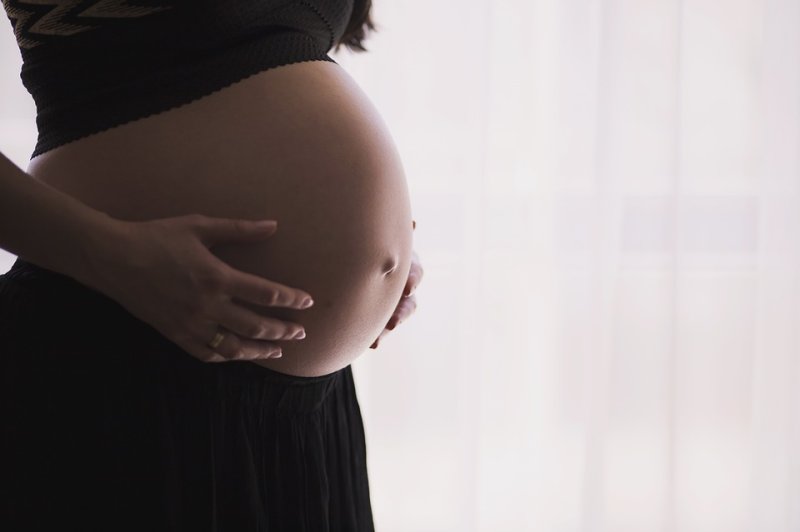Between 2000 and 2014, the rate of neonatal abstinence syndrome shot up from 1.2 cases per 1,000 hospital births to 8 cases per 1,000 births. Photo courtesy of Max Pixel
Jan. 29 (UPI) -- A baby born into a community with high joblessness is more likely to be addicted to opioids, a new study says.
The parts of the United States with the highest rates of long-term unemployment and the lowest concentration of mental health services have the highest number of babies with prenatal exposure to opioids, according to a study published Tuesday in JAMA, the journal of the American Medical Association.
"Over the last 15 to 20 years, there's been a steady rise in the number of pregnant women diagnosed with opioid dependency and infants diagnosed with opioid withdrawal after birth. There have not been large population-based studies to understand what community-level factors may be associated with this rise," Stephen Patrick, director of the Center for Child Health Policy at Vanderbilt University, told UPI.
Patrick and a team of researchers looked at 6 million births in 580 U.S. counties over a seven-year period. They found that the counties with the highest rates of unemployment had 20.1 cases per 1,000 births of neonatal abstinence syndrome versus 7.8 cases per 1,000 births in the counties with the lowest unemployment rates.
In 2016, people in states like Alabama, Arkansas and Tennessee were prescribed, on average, 70 pills per resident in each state, according to the National Women's Health Association.
Between 2000 and 2014, the rate of neonatal abstinence syndrome shot up from 1.2 cases per 1,000 hospital births to 8 cases per 1,000 births.
In 2014, one baby was born every 15 minutes in the United States with neonatal abstinence syndrome according to the National Institutes of Health.
Much of the overall opioid addiction problem may have come from pharmaceutical companies who incentivized doctors to overprescribe opioids.
"Over the last several years, Congress has passed legislation, including the Comprehensive Addiction and Recovery Act and the SUPPORT Act, to help curtail the opioid crisis," Patrick said. "While these are important investments, they are not enough. We need sustained action at every level, from the federal government to rural towns,"
The Comprehensive Addiction and Recovery Act signed into law in 2016, authorizing $181 million annually to combat the opioid epidemic.
Last year, President Donald Trump signed the Substance Use Disorder Prevention that Promotes Opioid Recovery and Treatment, or SUPPORT, Act which will dedicate $6 billion to curbing an opioid crisis that killed more than 72,000 in 2017.
SUPPORT aims to improve treatment for infants with neonatal abstinence syndrome and support families by providing residential treatment programs.
"We hope to move the conversation about opioid use in pregnancy and neonatal abstinence syndrome beyond the hospital walls. In caring for families affected by the opioid crisis, the stories I hear are complex and often rooted in a long history of hardship," Patrick said. "For some, long-term economic hardship and lack of opportunity can lead to despair. As we think about solutions to the opioid crisis, yes we need to improve treatment access, but we also need to think about how economic development may positively affect the well-being of mothers and infants."















